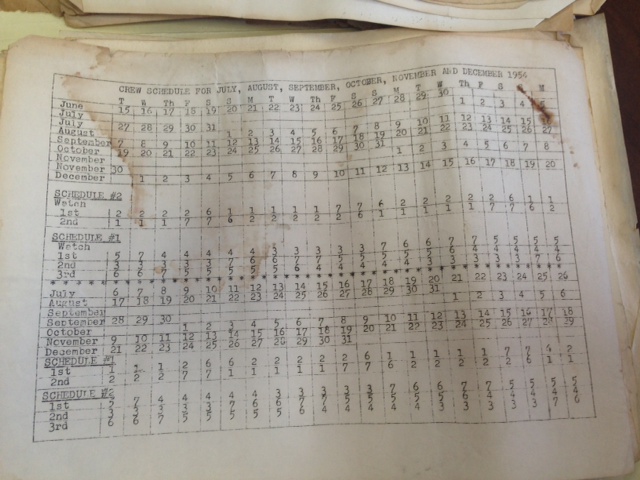At the
height of the whaling industry during the 18th and 19th
centuries, the art of producing scrimshaw became prominent among whalermen and
sailors. Simply put, scrimshaw “is the art of carving on ivory, bone, woods and
shells.” [1] Some experts believe that any piece produced
after 1900 is no longer considered a scrimshaw or, more narrowly, that a piece
is only considered a scrimshaw if produced by whalermen. Others believe that a
scrimshaw just needs to “have a nautical association in respect to one or more
of the following: maker, motif, method, or materials.” [2] This art form is by no means exclusive to this time period,
nor is it exclusive to whalermen and sailors. In fact, these whalermen brought
this art form to the west coast where the Eskimos were exposed to the new
technique. The Eskimos have a long history of using walrus ivory which they
then combined with these new scrimshaw techniques. Scrimshanders, or the makers
of scrimshaw pieces, still practice this art form today.
Modern laws on ivory trading and
the protection of marine life, along with increasing numbers of counterfeits, make it even rarer for one to come into possession of an authentic scrimshaw.
With this in mind, the San Diego
Maritime Museum California
with an interest in collecting scrimshaws. This collection consists of 47
pieces of scrimshaw in excellent condition. Although all the pieces of the
collection are outstanding, a few notable pieces stand out.
.JPG) |
| HMS Victory by William Gilkerson |
The first, and most valuable, piece
of this collection is the HMS Victory created by William Gilkerson, a famous
scrimshander. This piece of whale ivory
measures seven inches in length and three inches wide. The front of the
scrimshaw was first created with the image of the front (or bow) of the HMS
Victory. It was then placed into an exhibit at the San Francisco Maritime
Museum
 |
| Eskimo on walrus ivory |
The next piece is a good example of
how the Eskimos have been influenced by the art of scrimshaw. This piece was
made with walrus ivory and measures five and a half inches in length and two
and a half inches wide. The technique used is similar to most of the other
pieces in this collection while the image is distinctly Eskimo.
 |
| Metal picks with a different whale on each handle |
A remarkable set of six metal picks
with bone handles is a great example of how scrimshaw does not only consist of whole
pieces of whale ivory or bones, but are sometimes made into more creative
pieces. These metal picks are relatively small in size, measuring around 5
inches in length and half an inch wide. This small size makes the intricate
carvings all the more impressive. On each of the six bone handles, an image of
a whale is carved onto one side, with different whaling tools carved onto the
other. The images of the whales include (from left to right): a sperm whale, a humpback
whale, a killer whale, a right whale, a blue whale, and a sulphur bottom whale.
 |
| Dagger with reindeer scene |
Another more creative piece of
scrimshaw in this collection is the dagger with a handle made of whale bone
that comes in a dagger sheath also made of whale bone. This piece measures
around 8 and a half inches in length and 1 inch wide. On both parts of this beautiful
piece, scenes with reindeers are carved onto the bone.
 |
| One of two scrimshaws made with the dotting technique |
Lastly, a distinct pair of
scrimshaw, possibly dating back to the period of the Godey Lady, stands out
because of the technique used to carve the image onto the whale ivory. Both
pieces measure around 6 inches in length and 2 inches wide. Normally, the scrimshander
would connect the dots or directly carve lines onto the ivory. The images on
both pieces are clearly seen to have been outlined by dots and left as is. They
were then filled in with some color. Of all 47 pieces in this collection, only
these two pieces were produced with this technique.
While the
whalermen and sailors of the 18th and 19th centuries
viewed the art of scrimshaw as a way to pass time out in the open sea, modern
scrimshanders today view this art form as a way to respect the sea and to keep
this great tradition alive. Karl Kortum, the Director of the San Francisco Maritime
Museum
Entry prepared by Samantha Chu, Collections Intern.

















